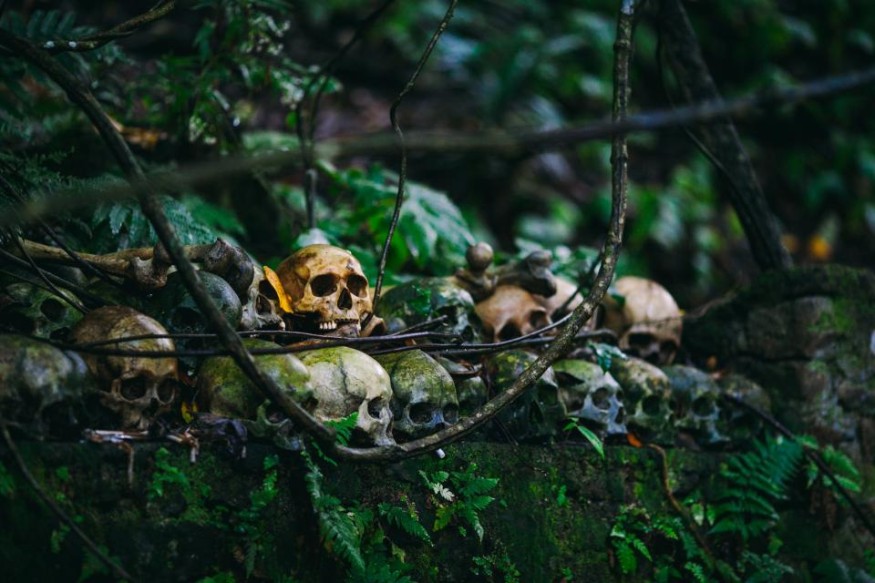9,900-Year-Old Skeletal Remains of Woman in Mexico Tells Grisly Death

The skeletal remains of an ancient woman who is suspected to have lived 9,900 years ago were discovered in a cave in the Yucatán Peninsula in Mexico. It is believed by experts that the woman died from being badly beaten.
It was estimated that the woman was in her 30's when she died. Three cracks were found on her skull. These marks indicate that she was hit with a blunt object.
According to researchers, the woman may have been cast out by her clan. After dying, she was placed in the cave where she was later discovered. Other scientists also suggest that she may have been attacked and was placed in the cave to die.
The 3rd Skeletal Discovery in Chan Hol Cave
The Mexican woman's skeletal remains were the third human bones found in the Chan Hol cave in the Quintana Roo state.
In an article from the Newsweek website, the oldest skeletal remains found in the cave were found in 2009. It belonged to a young male who lived approximately 13,000 years ago.
Since his discovery, the Yucatán caves have become the center for various research activities in the past few years. Scientists recognized the possible importance of the findings to the migration of humans in the American region.
According to the findings, the recent skeletal discovery had suffered head injuries after being hit with a hard object three times. The team also found that there were signs that some of her beatings had healed and that she was beaten in different periods. The team believes that the beatings were the cause of her death. However, their findings did not reveal any definite answer as to the cause of her death.
On the other hand, the team discovered that the woman had suffered from a treponemal bacterial illness due to the deformation of her skull. The bacteria that cause the illness are responsible for diseases such as yaws and syphilis.
The Research Team's Discoveries
The lead author of the study PLOS One, Wolfgang Stinnesbeck, reported the unearthing of the latest skeletal remains found in the cave. The skeleton that the study found was named Chan hol 3. He reported that they believe that the cave was inaccessible for multiple periods during the Pleistocene era. This is the era when these people may have lived.
Stinnesbeck and his research team claim that during the Pleistocene era, the cave may have been above ground level. His team suspects that after thousands of years, it was submerged into the sea. Also, the team found that humans may have used the cave approximately 1,200 years before its submergence into the sea.
All of the three discovered skeletal remains were believed to have lost their lives while they were in the caves.
In nearby caves, there were other ancient human skeletal remains discovered. The dead bodies of the skeletons may have been taken to the caves for their burial.
The skeletons unearthed by the team in the Tulum caves of Mexico are perceived to be of those who have an important role in their community.
Subscribe to Latin Post!
Sign up for our free newsletter for the Latest coverage!
© 2025 Latin Post. All rights reserved. Do not reproduce without permission.















